Kyoto Report
| Autumn Color Report 2015 Official autumn color reports by japan-guide.com |
| previous post |
| next post |
2015/11/24 - Kyoto Report
by scott

Today I headed out west to pick up the autumn color (koyo) coverage in Kyoto. The peak colors around the city are delayed this year due to the unusually warm weather that they have been experiencing in recent weeks. Unfortunately, the high temperatures in combination with below-average sunshine also have affected the intensity of the colors a bit negatively this year so far.
When Raina visited Kyoto last Friday she visited many of the popular spots around the eastern side of Kyoto where the colors were mostly approaching peak. Today won't be a rehash of that trip; instead I visited a few other popular sites that we haven't covered yet this year, namely Daigoji Temple in southern Kyoto, and Daitokuji, Kinkakuji and Kitano Tenmangu in northern Kyoto.
My first stop today was Daigoji Temple, a large temple complex on the mountain slopes of southeastern Kyoto. Known as a popular cherry blossom spot, the lower temple precincts are also covered in plenty of maple trees to fulfill your koyo season desires. Of particular note is the pond area surrounding the Bentendo, a small temple hall at the back of the Shimo-Daigo area which is surrounded in red and orange maples at the peak. Unfortunately, it seems that the season in this part of the temple has passed the peak already as most of the leaves have already fallen.
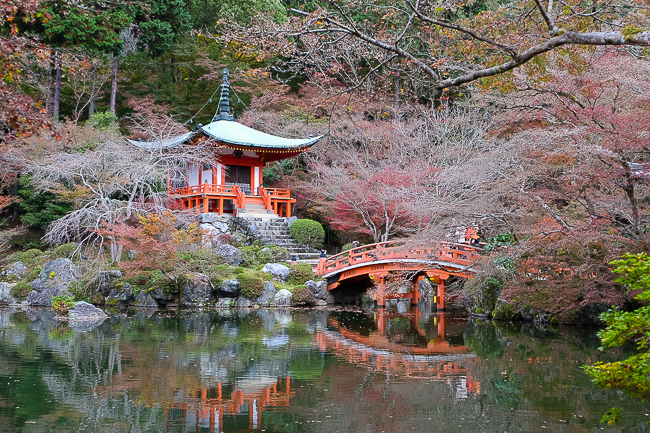
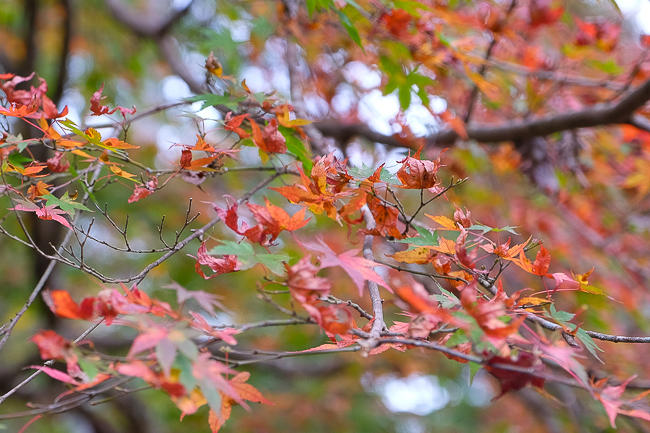
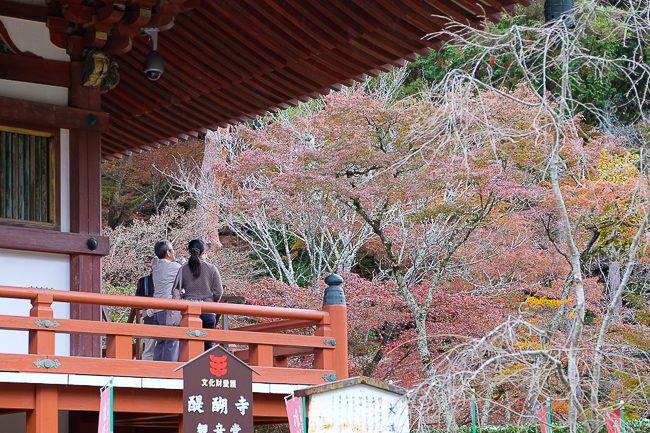
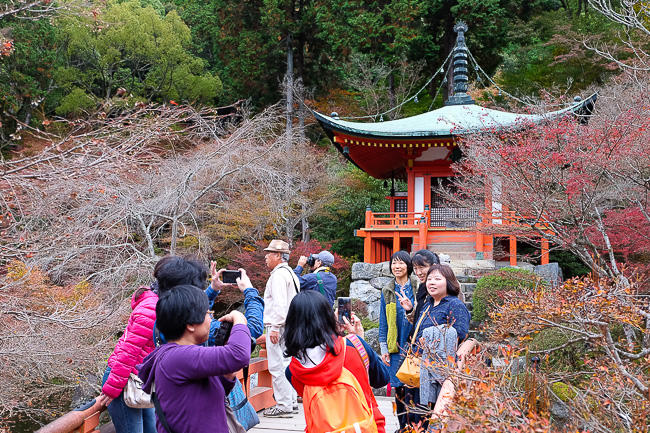
Walking from the Bentendo back to the entrance gate was like going back in time as the leaves got greener and greener until you reached the completely green tunnel just inside the entrance. These leaves will continue to change, but are more of a sideshow compared to Bentendo area. Considering this, I would suggest visiting other sights if autumn colors are your main goal.
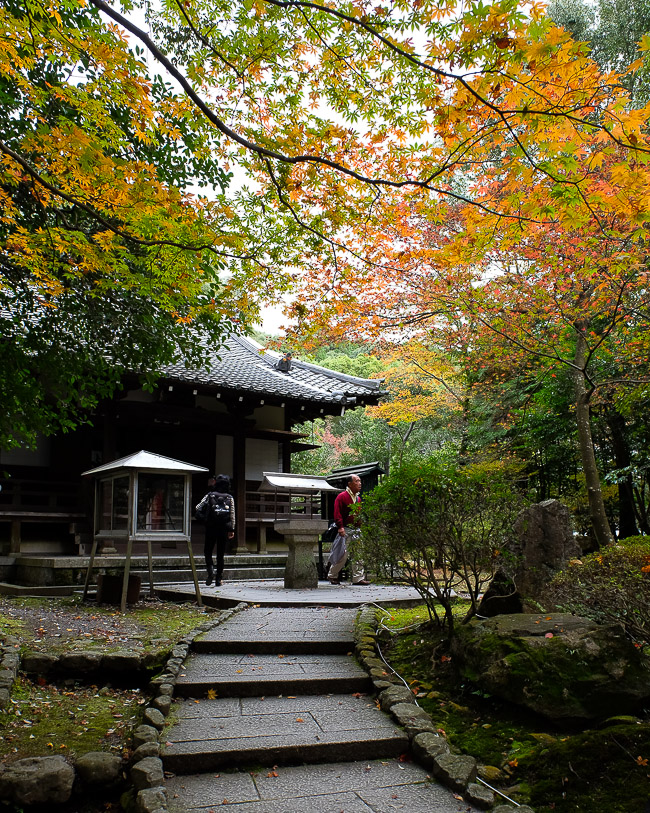
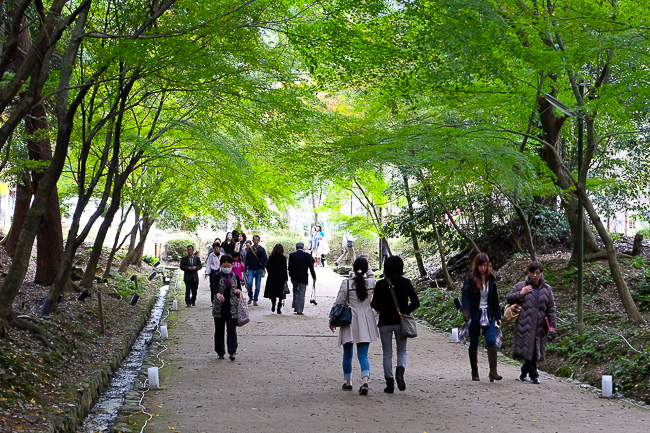

Next up on the itinerary was Kitano Tenmangu a popular shrine in northern Kyoto dedicated to the exiled scholar, Sugawara Michizane, and frequently visited by students hoping to have success in their studies. A large garden on the shrine grounds is contains a few hundred maple trees planted along a small ravine, and is temporarily open each year during the autumn color season.
In the past you could enter the garden through the shrine's famous plum garden, however in preparation for a festival in 2027, some major construction and improvement works are currently carried out in the plum garden, and the ravine is accessed through a different entrance. Like elsewhere in Kyoto, the trees around Kitano Tenmangu appeared to be still approaching their peak and I'd give it another week or so before they really hit their moment.The garden will remain open this year until December 6th and will be lit up evenings until 20:00.

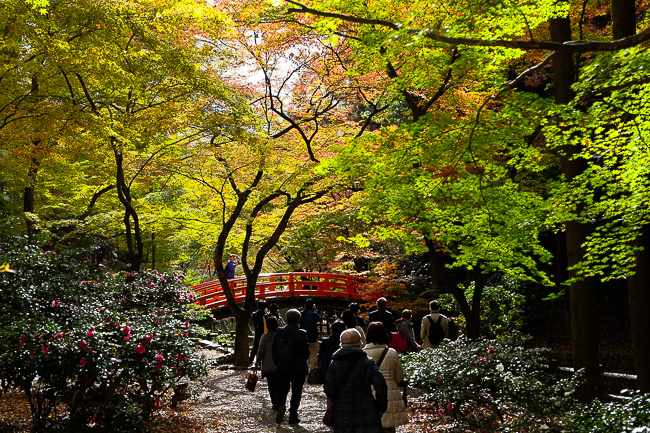
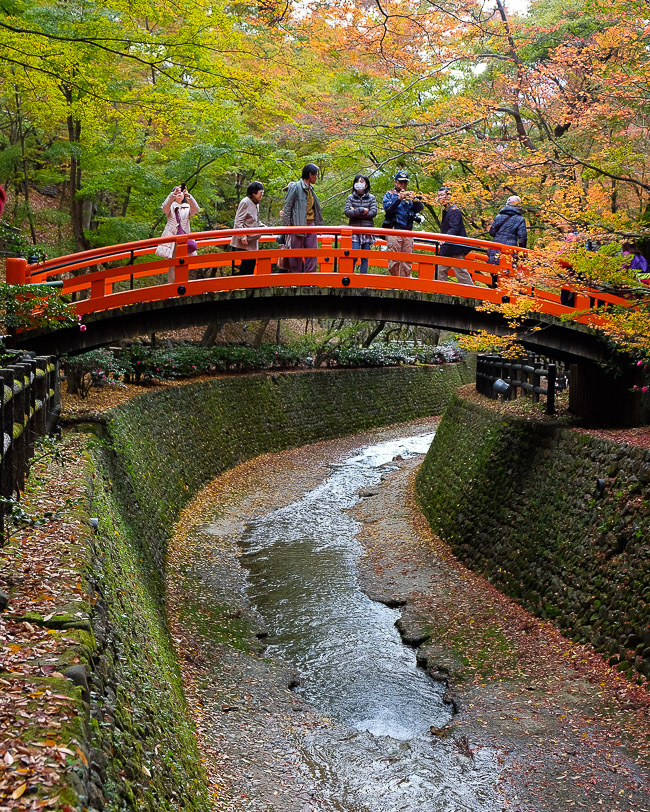
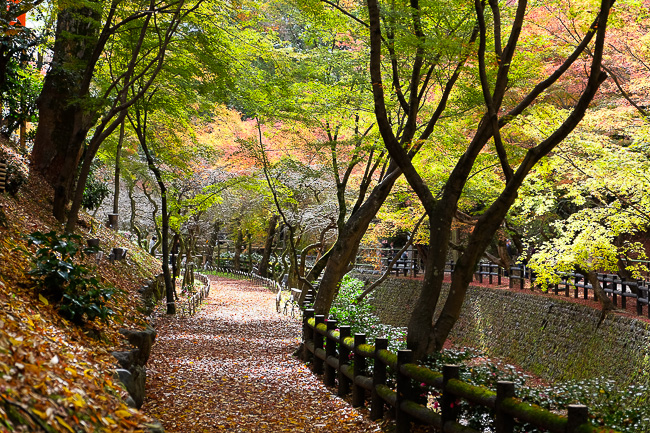
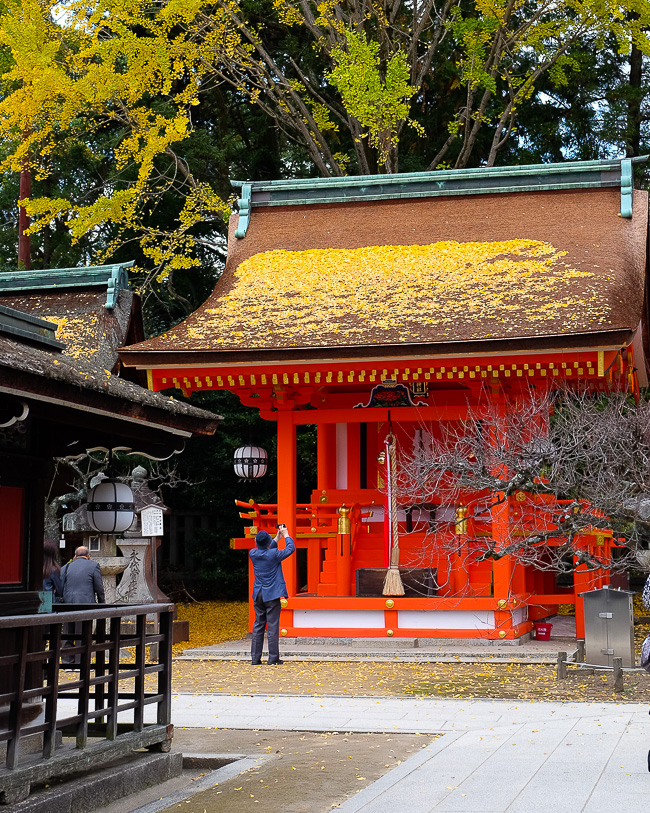
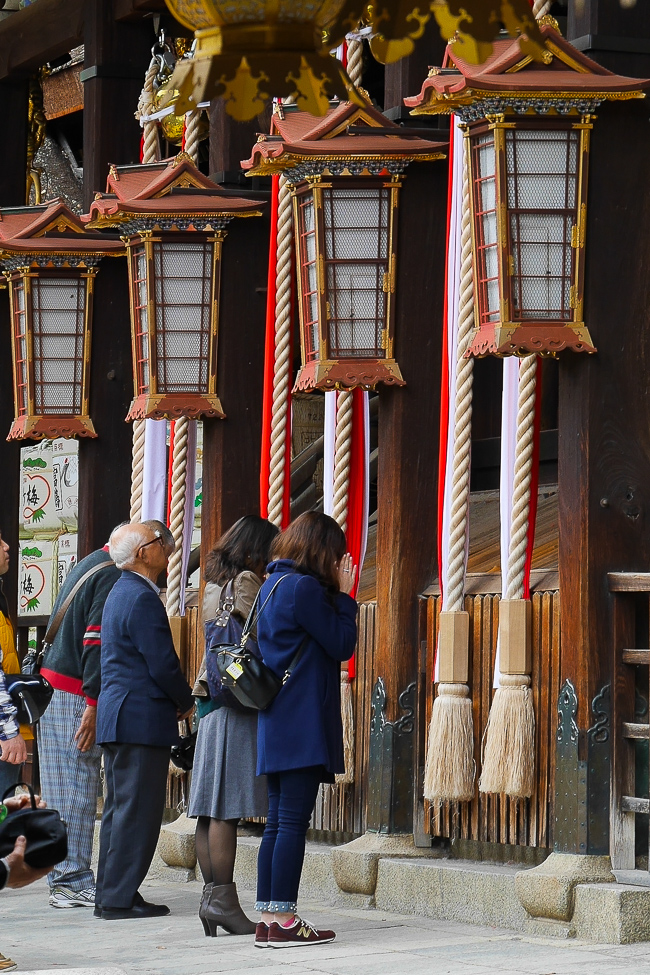
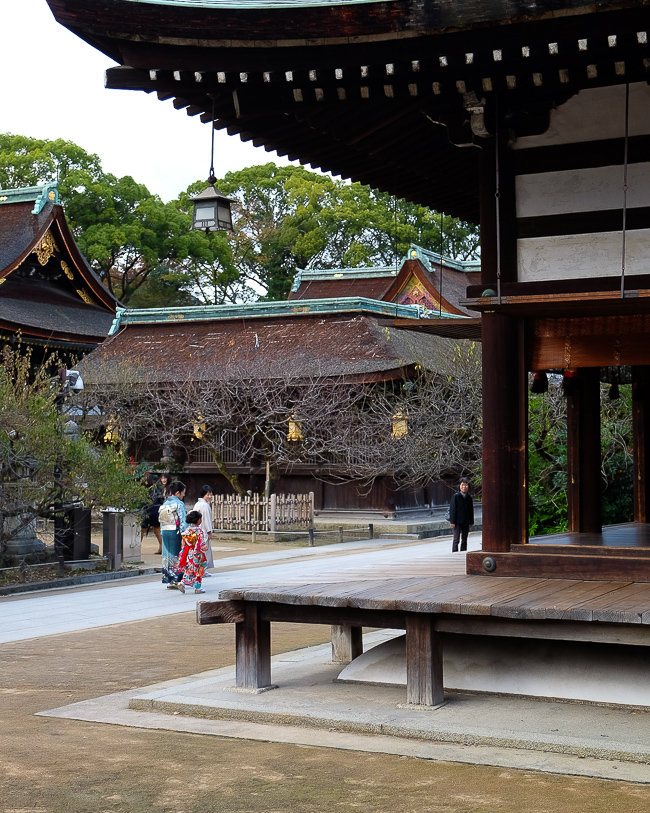
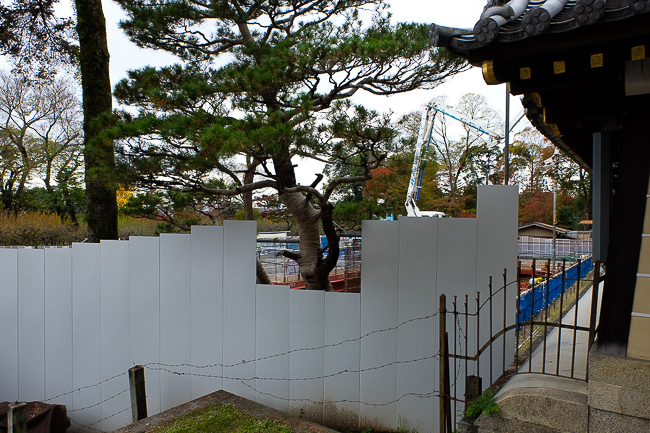
After visiting the shrine it was time to head to one of the most popular temples in Kyoto, Kinkakuji, the golden pavilion. While the temple grounds don't have a huge abundance of koyo, the colors that you can see are quite nice and complement the already photogenic temple building. Most of the colors are located outside the paid area along the approach the temple, while relatively few, but strategically placed, maple trees are planted around the temple's large pond area, with additional colorful foliage up on the hill behind the pavilion. Kyoto City reports that the colors around Kinkakuji are currently at the peak, although I didn't have quite the same impression and would tend to place them slightly before peak. Either way, they are enjoyable to look at and should remain nice for another week or so.

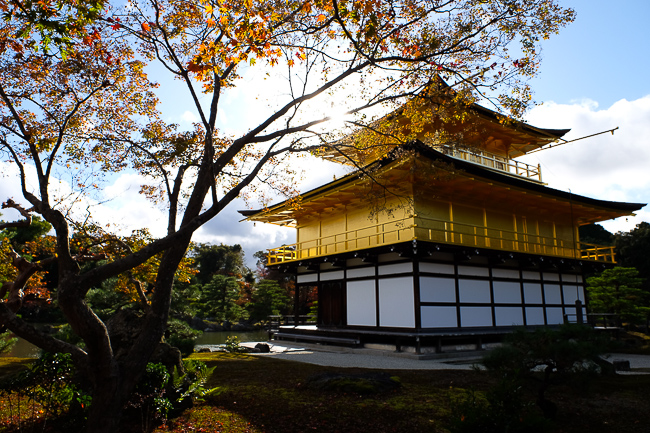
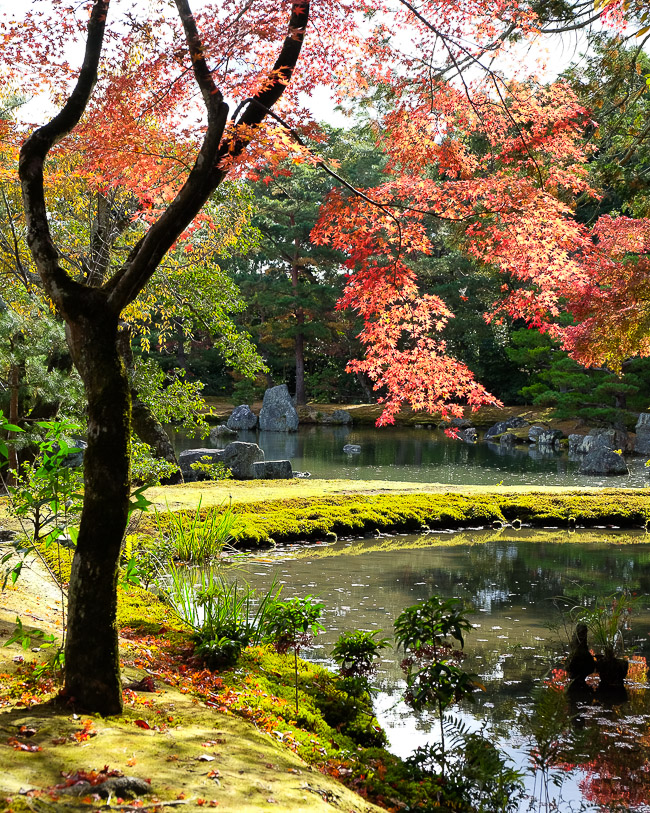

My last stop of the day was to Kotoin, a subtemple in the massive Daitokuji temple complex in northern Kyoto. I think that Kotoin is one of the best koyo spots in Kyoto, as it has a variety of beautiful gardens and nicely designed temple buildings that give visitors many nice views to take in and opportunities for photographs. A crowd favorite is the tranquil moss garden where you can sit and look out at the colorful maples that overhang a carpet of green moss.
The majority of the maples around the temple's gardens were right around peak today, with lots of nice yellow, red and orange maples to be seen all around. There were a few areas that were starting to come down a little prematurely, but the famous approach was still approaching the peak and looked to still have great potential for the near future.
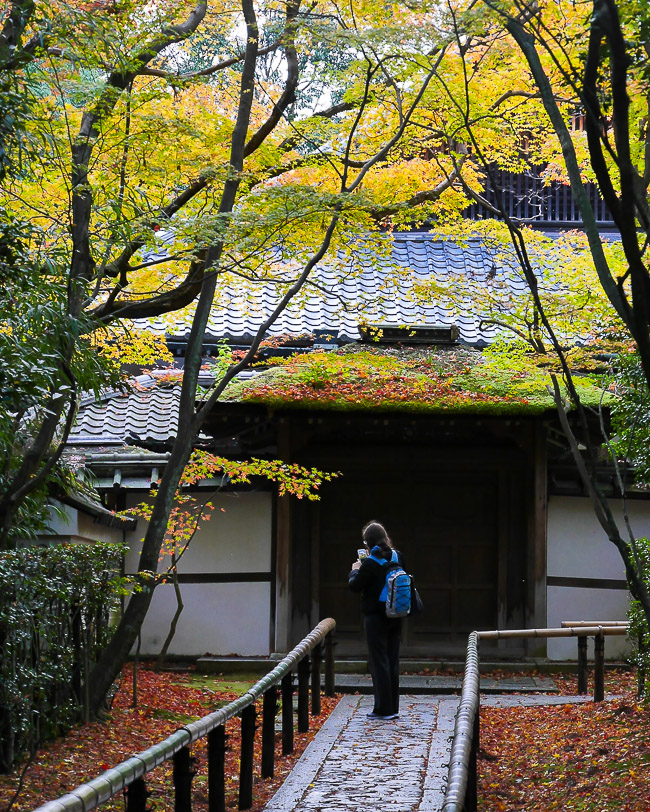
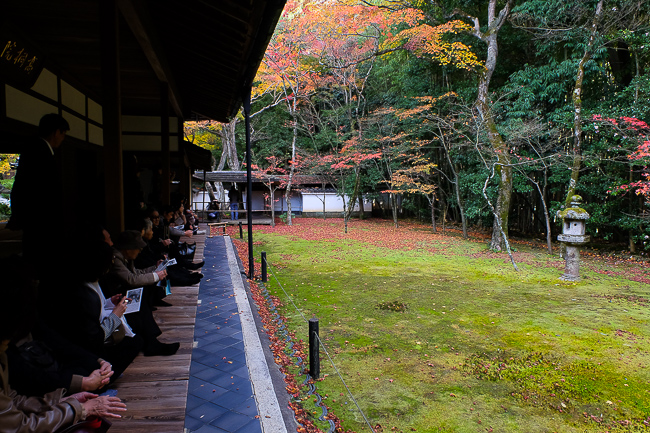
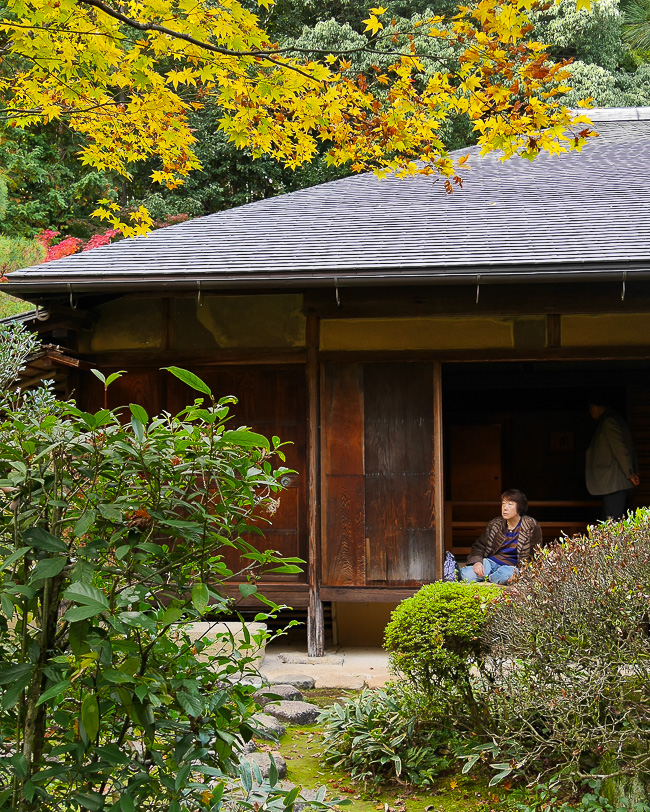
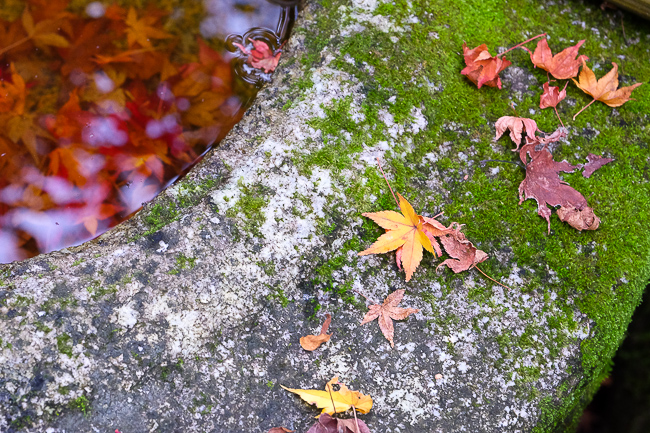
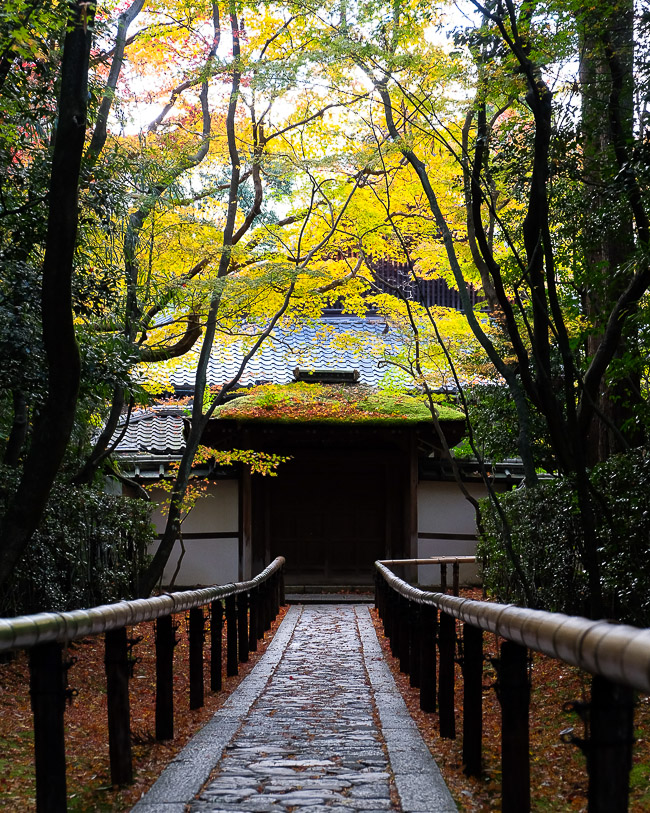

Evergreen trees are very prominent around the roads and walkways of Daitokuji, however if you explore the numerous footpaths and lanes around the grounds you can find all kinds of hidden pockets of color. There are also many other subtemples in Daitokuji other than Kotoin that are open to the public either year round or just temporarily during the koyo season. A few have nice maple trees planted around their entrances, but most are better known for their other features such as their dry gardens.
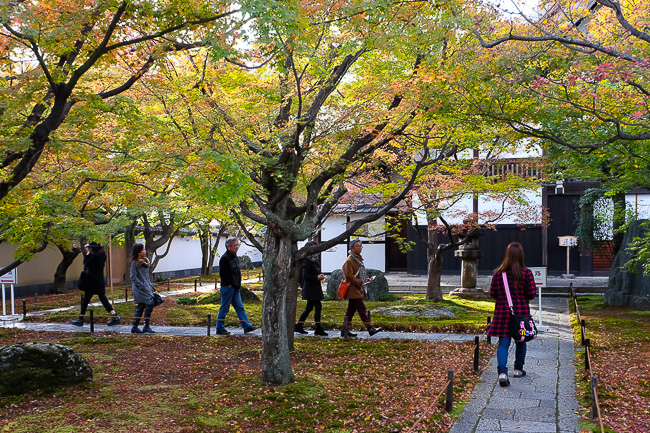
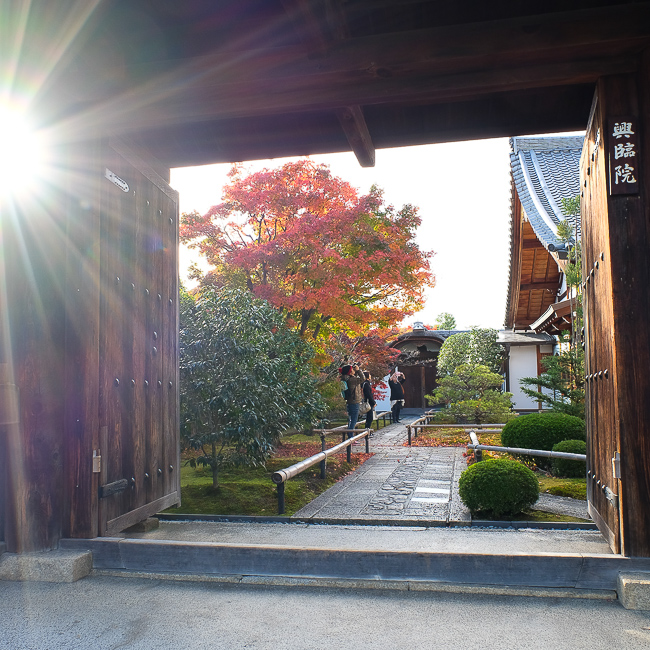

| previous post |
| next post |
Questions? Ask in our forum.


